Creating An Activity For Children
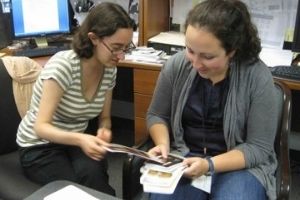
A blog post by Education Intern Emma Glaser. To read more posts by interns, click HERE.
One of my favorite things that I’ve done during my internship here has been creating and leading activities for elementary and middle school students. Most of the activities I’ve worked on are connected to The A-Mazing Mendes Cohen exhibit opening in September, but I’ve worked on two that kids have had a chance to try out.
For the first activity I was tasked to create, my co-intern Arielle and I were given a bunch of cards with Jewish and Christian symbols on them that are usually kept in The Synagogue Speaks exhibit. Since there were multiple cards with each symbol, we decided the best way to teach kids about the symbols on the cards would be to create a matching game.
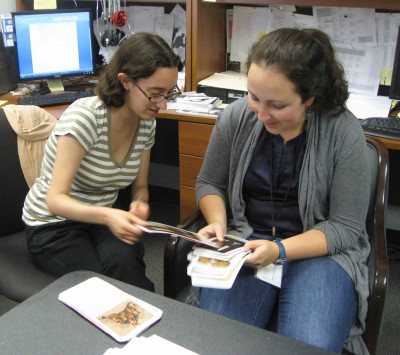
Eight pairs of cards are placed randomly in a 4×4 grid and the kids playing the game have to take turns turning over cards until they’ve found all of the matches. It’s especially fun toward the end of the game when they know where some of the cards are and give advice to their friends on which card to pick. Once they’ve found all of the matches, the staff member with them asks the kids which symbols they think are Jewish and which are Christian and discusses what the symbols are. Some of the symbols used in the game are Shabbat candles, a nativity scene, and a yarmulke. The game works best for groups of five to fifteen kids per grid, so it’s a great opportunity to for kids to have a group discussion and ask questions.
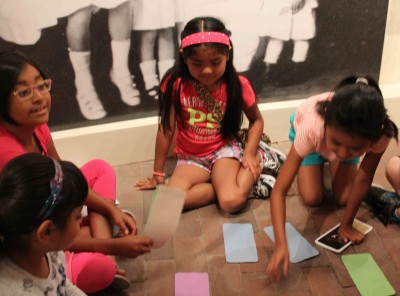

The other activity I created is based on The Electrified Pickle exhibit. It’s a scavenger hunt that’s aimed at getting the kids interested in the artifacts in the exhibit. The scavenger hunt highlights one interesting artifact from each section of the exhibit. When I was creating it, I picked artifacts that I thought would draw kids’ eyes, either because they were striking, like the samovar used in the exhibit, or because they were something the kids would have used themselves, such as a scooter.
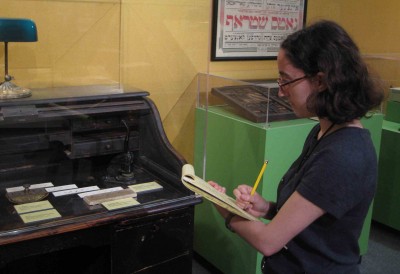
Kids have to find each artifact pictured in the scavenger hunt and figure out what it is. Older children also have to find the answer to a question about each artifact, such as what its function was or when it was used. At the end of the activity, a staff member asks the kids what the answer to each question is.
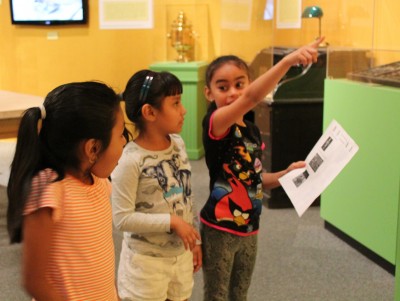
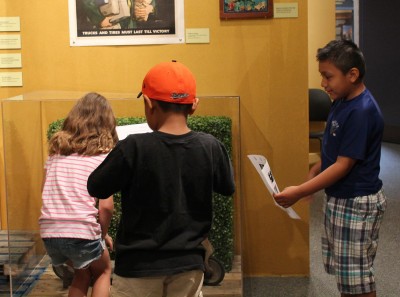
I have really enjoyed leading activities for kids here because it is very rewarding to see them enjoying and learning from the exhibits here at the museum, and that is doubly true for the activities that I created.
